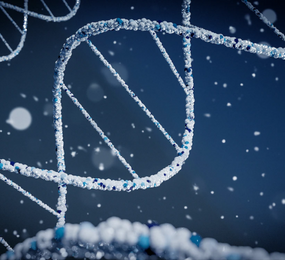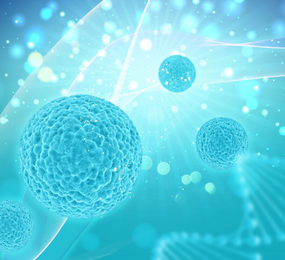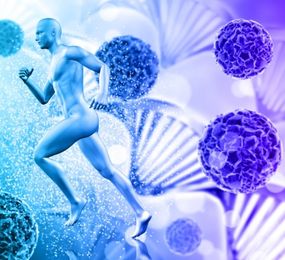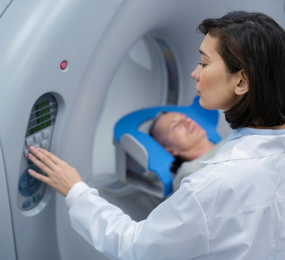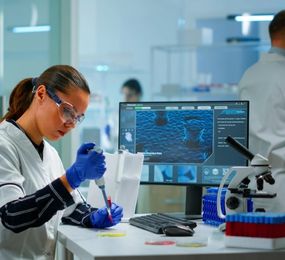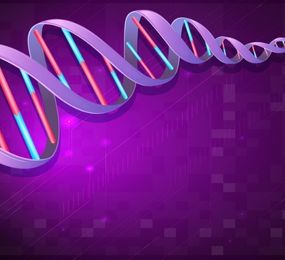Bioconjugation, the process of attaching functional groups to biologics, is a cornerstone of modern drug development. Scientists can create targeted therapies with enhanced therapeutic properties by strategically modifying these biomolecules. This powerful technique is revolutionizing drug delivery and treatment outcomes.
The Art of Molecular Assembly:
Bioconjugation involves the covalent attachment of a functional group, often referred to as a payload, to a biologic molecule, such as an antibody or protein. The choice of both the biologic and the payload is critical in determining the therapeutic application.
Key Strategies for Bioconjugation:
-
Antibody-Drug Conjugates (ADCs): This is one of the most prominent applications of bioconjugation. ADCs combine the targeting specificity of antibodies with the potent cytotoxic activity of drugs. By attaching a cytotoxic payload to an antibody, researchers can deliver potent therapy directly to cancer cells.
-
Linker Technology: The linker, which connects the antibody to the payload, plays a crucial role in ADC design. It must be stable in the bloodstream but cleavable within cancer cells to release the cytotoxic agent.
-
Site-Specific Conjugation: To enhance drug-to-antibody ratio (DAR) and reduce heterogeneity, site-specific conjugation techniques are employed. These methods target specific amino acid residues on the antibody, ensuring precise attachment of the payload.
Expanding Horizons:
Beyond ADCs, bioconjugation has diverse applications:
-
Imaging Agents: Attaching fluorescent dyes or radioactive isotopes to biologics enables visualization and tracking of biological processes.
-
Prolonged Drug Delivery: By conjugating hydrophilic drugs to water-soluble polymers, their circulation time can be extended, improving drug efficacy.
-
Vaccine Development: Bioconjugation can enhance the immunogenicity of vaccines by linking antigens to carrier proteins.
Challenges and Future Directions:
While bioconjugation offers immense potential, challenges remain:
-
Optimizing Linker Stability: Developing linkers with appropriate stability and cleavage properties is crucial for ADC efficacy.
-
Improving Drug-to-Antibody Ratio (DAR): Achieving high DAR without compromising antibody function is a key goal in ADC development.
-
Expanding Payload Options: Exploring a wider range of payloads, including small molecules, peptides, and nucleic acids, can broaden the therapeutic scope of bioconjugates.
Bioconjugation is a dynamic field with the potential to transform drug discovery and development. By carefully selecting biologics and payloads and mastering conjugation techniques, researchers are creating innovative therapies with improved efficacy and safety. As our understanding of bioconjugation deepens, we can expect to see even more groundbreaking advancements in targeted drug delivery and patient care.
To register or learn more about the Forum please check here: https://bit.ly/3WRMLFS.
For more information and group participation, contact us: [email protected]


